Social Media At Work
A while back on my own blog, I wrote about using social media at work. It was the kind of post that I spent days writing because social media has a presence in nearly everything I do at work. I wanted to share the ways I use social media at work in public relations because the tools available are vital resources in my day-to-day affairs. Without them, I would probably be lost. For those PR practitioners not using these tools, I’d recommend spending some time learning more about them and how you can put them to use.
If you don’t know what RSS is yet, there’s still hope. Go read all about it on Wikipedia and come back. Don’t worry, I’ll wait…RSS (or feeds, as some prefer to call it) is like signing up for free delivery of content. All you need is a reader (TechCrunch did a great review of them here) and you’re all set.
Media monitoring is an important part of public relations. It allows us PR practitioners to know what’s being said about our clients in places we might not be looking ourselves. It also keeps us from having to purchase subscriptions to every single newspaper in the world and watch every single second of television in case our clients’ name comes up. Some budgets allow for extensive monitoring, done through third-parties, like Bowdens here in Canada. Most budgets aren’t big enough for Bowdens or the like, so instead we do the monitoring ourselves. Services like InfoMart are terrific for monitoring mainstream print media, but they’re only just getting into online media monitoring. Fortunately, there are many simple ways to monitor the online space.
I use my reader (Bloglines) every day. Through it, I’m keeping an eye on some of the conversations happening online for some of our clients. It’s easy, too. For instance, I keep an eye on the blogosphere for the Ontario Science Centre. What I did was set up some searches on using certain key words, like “Ontario Science Centre”. When setting up feeds for search terms, it’s important to use the quotes because search engines return more relevant results when searching for names or titles. Here’s an example: a search for ontario science centre without quotes is interpreted by the search engine as a search for the words “ontario”, “science” and/or “centre” anywhere in a document or web page. This will return many results perhaps not associated with the Ontario Science Centre. A search for “Ontario Science Centre” will return results for exactly what appears within the quotes, providing fewer but more relevant results.
Subscribing to the feed of a search, be it a Technorati search, Google News search, or a Topix search, is fairly simple. Input your search term, hit the search button, and find the RSS icon associated with your search result. It’s usually easy to find – Technorati puts theirs at the top of the page next to the word “Subscribe”, Google News puts theirs on the left-hand side of the page on the sidebar without using the RSS symbol, instead choosing to offer both RSS and Atom feeds, while Topix puts theirs at the bottom of the page of search results. Once you find the RSS feed for the search term, subscribe to it using your preferred reader and voila! Every new search result for that term will appear in your reader, saving you the time and effort of searching these engines every so often manually. If you want to try something a bit more broad-reaching to monitor your searches, check out MonitorThis. I don’t use it because it can’t interpret the quotations, but it’s still really neat.
And that’s just the tip of the iceberg. Go read my original post for more. Better yet, if you have a social media tip for PR practitioners, drop a comment.
Next time out, I’ll talk about more social media tools for PR practitioners.

